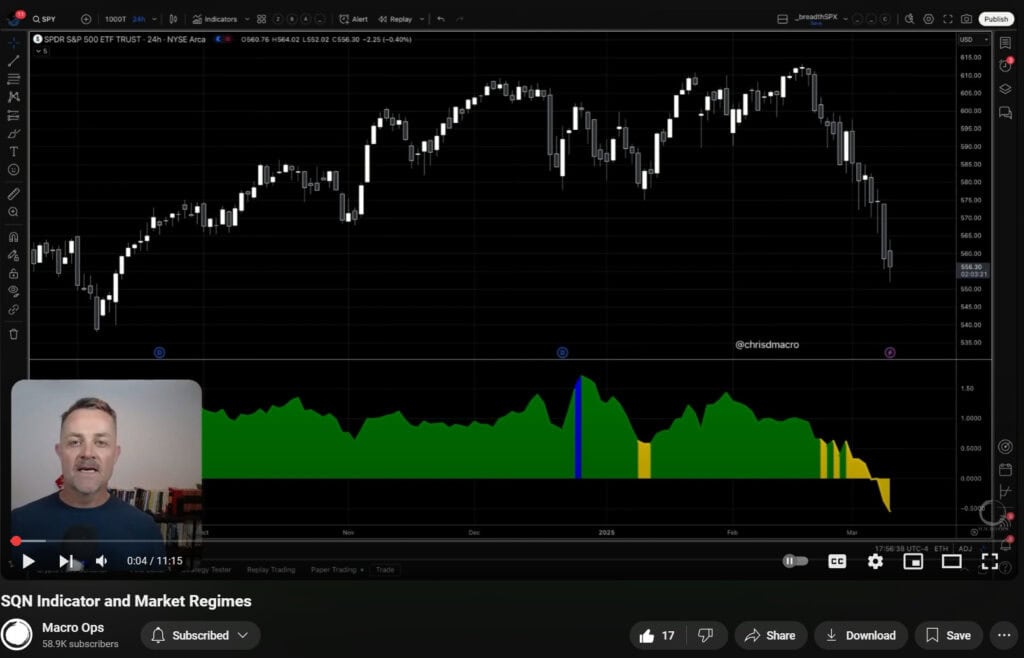Everytime I watch golf I can’t help but think of how many similarities there are between successful investing and championship level performance on the golf course.
Anyone who’s attempted a round of 18 holes knows how difficult golf can be. The game is a ruthless fight between you and the course. You’re constantly engaged in an uphill battle. It’s uphill because with each hole you have the limited potential to shoot a few under par, but the unlimited risk of shooting way over.
Take a par 3 for example, the best you can do is shoot a hole-in-one. And that rarely happens even for professionals. Yet the worst that can happen is devastating. You could shoot 3 over, 4 over, 5 over, or even 6 over par on that short little par 3. This is what we call negatively skewed risk to reward. We can only shoot under par by so much, but we can shoot over par by an unlimited amount. Poor Jordan Spieth quadruple bogeyed the 12th hole at the Masters this weekend and went on to lose the tournament because of it. He had been in the lead the entire time only to lose in the final few holes.
Negatively skewed risk/reward is a tough pill to swallow for most of us. A big loss can create a huge dent in our psyche and send us into the dreaded downward spiral of despair. If confidence in investing ability is lost, just like in golf, that will only open us up to further losses through sloppy decision making. This feedback loops continues until we quit the game. The most important thing for an investor is to have the ability to stay the course in the face of adversity. Golfers do this by learning how to mentally bounce back after a big loss.
As investors we’re lucky because we have the ability to escape the horrors of dealing with a negatively skewed risk to reward ratio on our decisions. By cutting losers and letting winners run, we can set ourselves up to survive the long haul, both financially and emotionally. We don’t have to deal with the emotional turmoil of digging ourselves out of a huge hole — a hole that could take years to recover from.
But we can still learn how to approach a period of sub-par performance from the golf pros. Even if we control our losses relative to our wins, investors, like golfers, will face trying times. It’s important to have a process or set of rules in place that you can turn to when the going gets tough. A pro golfer has a very specific routine he uses before each shot to place him into the correct mental state. At Macro Ops, we have rules and systems to “meta-manage” every decision we make. This keeps emotions out and sound process in.
The Masters tournament this past weekend reminded me more than ever that you’re only as good as your last trade. If you don’t stay discipline at all times, your worst loss is most certainly ahead of you.









